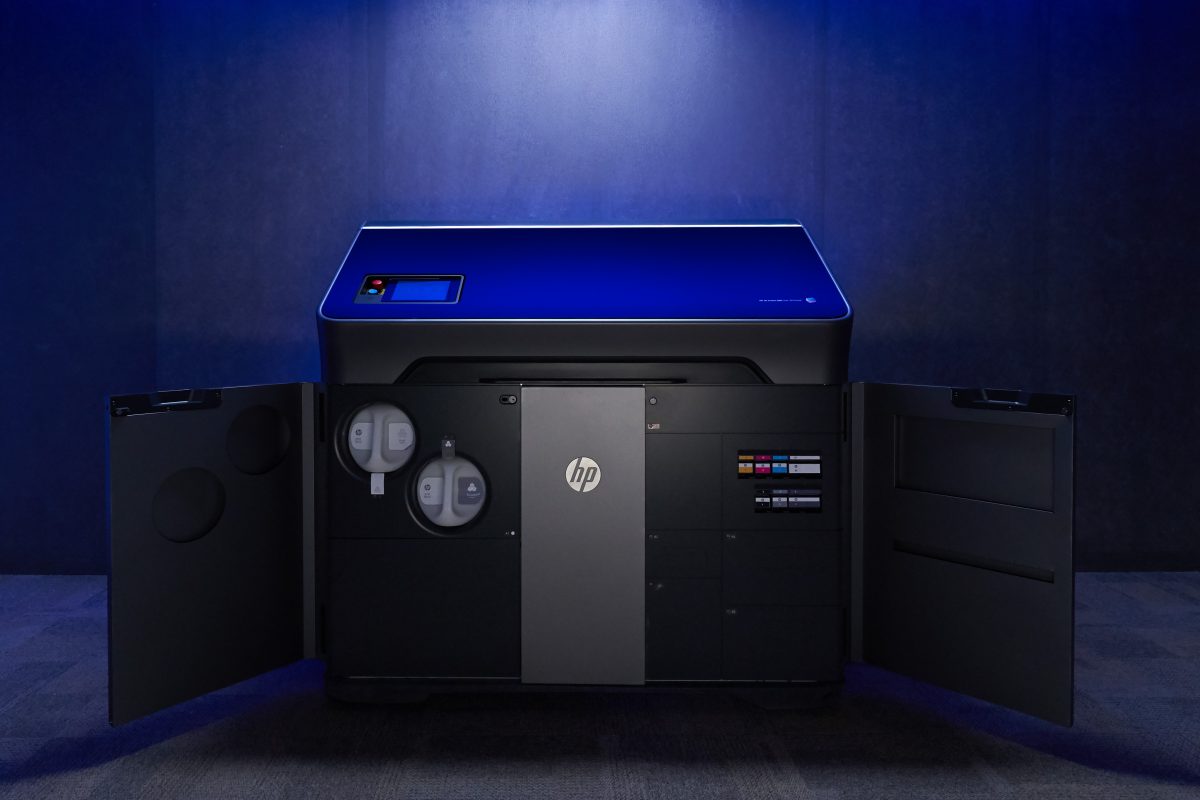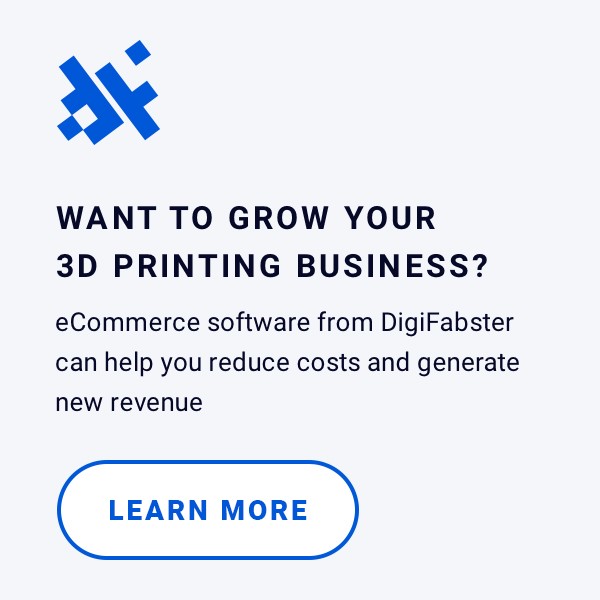This article about automation also appears on DigiFabster.com
“Change happens when the pain of holding on becomes greater than the fear of letting go.” — Spencer Johnson, Who Moved My Cheese
Automation is a fact of life. It’s happening in both the virtual and physical worlds and there’s no sign of it slowing down anytime soon. Innovative companies take the lead, putting increased pressure on their rivals. To remain competitive, even slow movers must eventually adopt.
But people are often a barrier. In fact, McKinsey estimates that 70 percent of change programs fail to achieve their goals, largely due to employee resistance and lack of management support. Sometimes it’s because they don’t share a common vision or purpose. Other times it’s because they realize that the goal of automation is to replace labor with technology.
The Good News About Automation
There are obviously benefits to automation. If there weren’t, companies would maintain their manual processes. Automating key business processes enables organizations to be more productive. In many cases this allows them to reduce their costs and grow simultaneously. It also helps them be more competitive. Over time even the most loyal customers gravitate towards vendors who successfully automate. They don’t really have a choice. It’s not personal, it’s business.
The impact on people can also be positive. Automation efforts don’t necessarily lead to a lower headcount. In many cases this frees up time, allowing employees to work on higher value tasks. When business processes are reduced to practice, they become standardized. Repetition is the sweet spot for automation. Value is created when people have time to be creative and focus on interpersonal communication. Companies that automate can afford to hire more people with those skill sets.
The Bad News
The downside of course, is that manual labor gets replaced with intellectual labor. People have to recognize this fact of life. If your job involves putting a screw in a hole repetitively, there’s a good chance a robot can do it more efficiently, and it will do the job 24 hours a day without complaint.
Resist all you want, but sooner or later the robot wins. Here’s why. If the company you’re screwing holes for doesn’t automate, they’ll become less competitive. Perhaps one of the other companies in their space will innovate more quickly. Or a new player will recognize the inefficiency in your market and build a new business model based on automation. Either way, sooner or later the company you work for will have no choice.
As employees, we all know this to be true. Jobs focused on repetitive tasks will eventually be automated. So we’re left with little choice but to continuously improve. To remain relevant, we need to be creative, technical and/or possess great interpersonal skills. Jobs requiring those skills will be harder to displace.
The Ugly News
It’s easy to visualize an example where a person completes a repetitive physical task. Say you’re working on a car assembly line and your job is to insert the screw that holds a door handle in place. It’s not too hard to imagine a robot doing that work instead.
But what about an office task? Say your job is to receive quote requests from customers, determine pricing based on their specifications, type up a proposal and send it to them for approval.Then upon approval, type up the order details and submit it for production. Sound pretty repetitive?
To some degree the ease with which that job can be automated depends on the complexity of your company’s offering. If the product or service is simple and contains few variables, it’s easy to automate. A web form can be created, the customer can enter their specifications and receive a price. If they like it, they place their order.
This happens every day with eCommerce. A customer goes to a retailer’s website, searches for t-shirts, selects a style, size and color and boom, two days later it shows up on their doorstep.
The perception is that eCommerce is only for consumers. The reality is that it’s an important tool for business-to-business (B2B) buyers as well. In fact, recent Forrester research suggests that in the U.S. alone, as much as $9 trillion in B2B transactions is handled through some form of eCommerce. This not only includes online websites, but also software-as-a-service (SaaS) procurement systems, purchase order, invoice and EDI networks.
As software continues to become more elegant, more complex products and services are becoming easier to automate. In the 3D printing industry for example, products can be highly complex. The design of individual products is ever-changing. There are hundreds of different 3D printers and thousands of material choices. Color and finishing choices abound. Some products are even customized or personalized.
Yet even in that industry, innovative companies are automating their quoting and order entry processes. In part they’re doing it because they recognize the competitive threat. If they don’t someone else will.
But they’re also recognizing an important relationship. More complex products result in more expensive manual processes. Whereas an easy product might take 5 minutes to quote, a more complex one might take 15 minutes or more. A person can only quote so many of those each day. Software runs 24/7 and never complains.
3D Printing software automation from DigiFabster
Move The Cheese
If you’re in a position where you’re doing a repetitive task all day, you’ve got a choice to make. You can either embrace change or stubbornly combat the inevitable. If you choose the former, do so with a plan in mind. Take a leadership role, helping your managers and coworkers recognize the repetitiveness of the task at hand. Be part of the team that analyzes and determines which tools do the best job of automating it. Lead the implementation and demonstrate progress.
In the end you’ll work yourself out of a job. So what? Give yourself a new, better job. Instead of monotony, find other higher value needs and fill them. Get creative, learn new technology and become a better communicator. You really don’t have a choice. In the long-term, those who help their companies become more productive and competitive will reap the rewards. Resistance is a short-term play. Eventually the status quo becomes too painful and when it does, those who refuse to change are left without a paycheck or a future.
“I guess it’s a lot better to initiate change while you can than it is to try to react and adjust to it. Maybe we should move our own Cheese.” — Spencer Johnson, Who Moved My Cheese
To learn more about software automation for 3D printing, CNC machining and other digital manufacturing technologies, visit DigiFabster today.

















